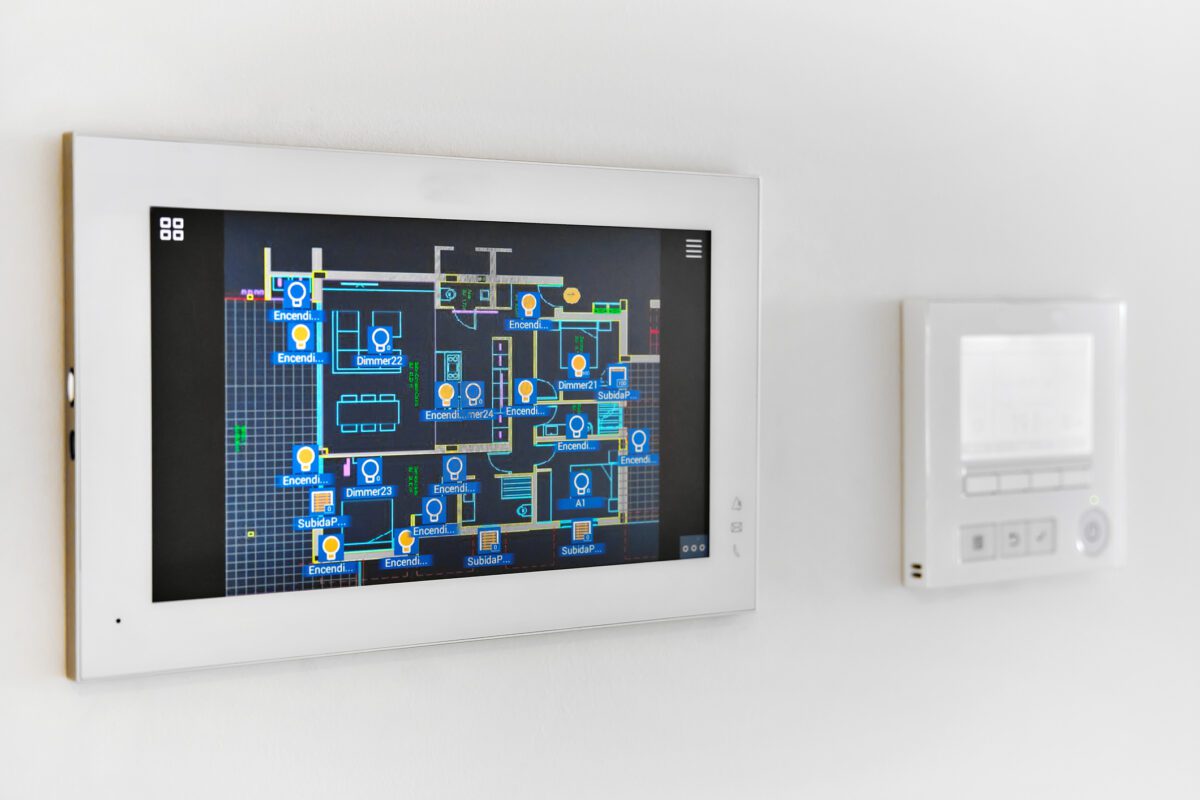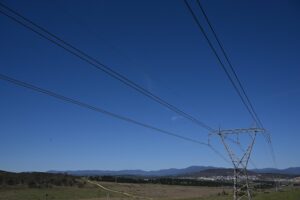CSIRO is finally getting to test whether it can turn commercial buildings, from hospitals to shopping centres, into smart buildings that can offer flexible demand and behave like batteries and other energy storage devices.
The pilot for the innocuously named Data Clearing House Platform (DCH) is looking for 200 buildings to test whether it can synchronise the power draw from the likes of air conditioners and hot and cold water systems to when renewables are peaking in the grid.
These can all be tailored to behave as energy storage devices, for example nudging thermostats up or down a degree can chill or store heat in concrete walls.
It provides the standardised digital connection for existing devices, and the interface through which owners can manage the way the building uses power and where companies can offer third party services to help them do that.
“We will be recruiting 200 buildings onto the platform. Already we have 100 buildings, and we will be identifying at least 5 megawatt (MW) of flexible demand capacity,” project lead Dr Stephen White told RenewEconomy.
“All of these things require some kind of digital connectivity or telemetry systems to enable participation, and if we make it too complex for building owners they won’t participate.”
Finding out what is out there
White says getting visibility on what is actually behind the meter in existing buildings with devices spanning different ages and manufacturers, using standardised software, is the first step towards allowing different types of commercial buildings to unlock their battery-like abilities.
“If you look at [AEMO’s] Schedule Lite rule change, for example, under the visibility mechanism industry is just desperate to know what [distributed energy resources are] available there,” he says.
“So you have to register these assets using standardised ways of calculating how much capacity they have, to deliver flexibility, but also to be able to provide some kind of forecast of what they’re likely to do over the next period of time, based on how charged they are if they’re a battery for example, so we can aggregate these resources.”
The $11 million Digital Infrastructure Energy Flexibility (DIEF) project was kicked off with a $3.75 million grant from the NSW government. The remainder was kicked in by CSIRO and consortium members, which include Amber Electric, DNA Energy, EVSE Australia, Nube iO, Property and Development NSW, RACE for 2030 CRC, UNSW, UOW, and Wattwatchers.
It’s testing the DCH which White says has been in the works for “years” at CSIRO, and just using it to control the charge and discharge of batteries is saving the organisation’s Newcastle site 6 per cent in energy costs alone.
Not just about cheap power
The emissions “journey” is a critical element of this trial, which doesn’t just seek to match power use to when electricity is cheapest.
White says they are also reporting hourly emissions consumption, building on Green Building Council of Australia lobbying for a zero emission, rather than a net zero, future.
In June, the GBCA said grid interactive buildings, like those in the CSIRO pilot, are a good way to both use energy more effectively but also when it’s cleaner.
“Put simply, grid-interactive buildings hold the key to transitioning our built environment from net zero to zero emissions,” GBCA CEO Davina Rooney said.
Buildings currently use about half of the electricity generated in Australia; at peak periods that rise to 77 per cent, according to GBCA data.
“By shifting a portion of the energy usage in buildings for a few hours each day, five days a week, Australia could cut down greenhouse gas emissions by 0.6 per cent – equivalent to the impact of 180,000 homes,” Rooney says.
“This reduction can be achieved without decreasing energy usage and would also lead to a substantial cost reduction of $1.7 billion in supplying electricity to Australian buildings each year.”
Harder than it looks
It sounds simple, but making devices of different ages, types and manufacturers all talk to the same software platform which is usable across different commercial and industrial buildings is extremely challenging.
Power retailer Amber Electric co-CEO Chris Thompson says this kind of project requires strong data handling protections, given the sheer volume of data points the platform will handle.
The interface also needs to be simple enough for building owners and managers to use, and be able to put power back into the grid when more expensive coal and gas plants are running.
Note: Find more details about electrification, and stories on how to go electric, in our new sub-site SwitchedOn. It includes articles, interviews, how-to stories and podcasts.








